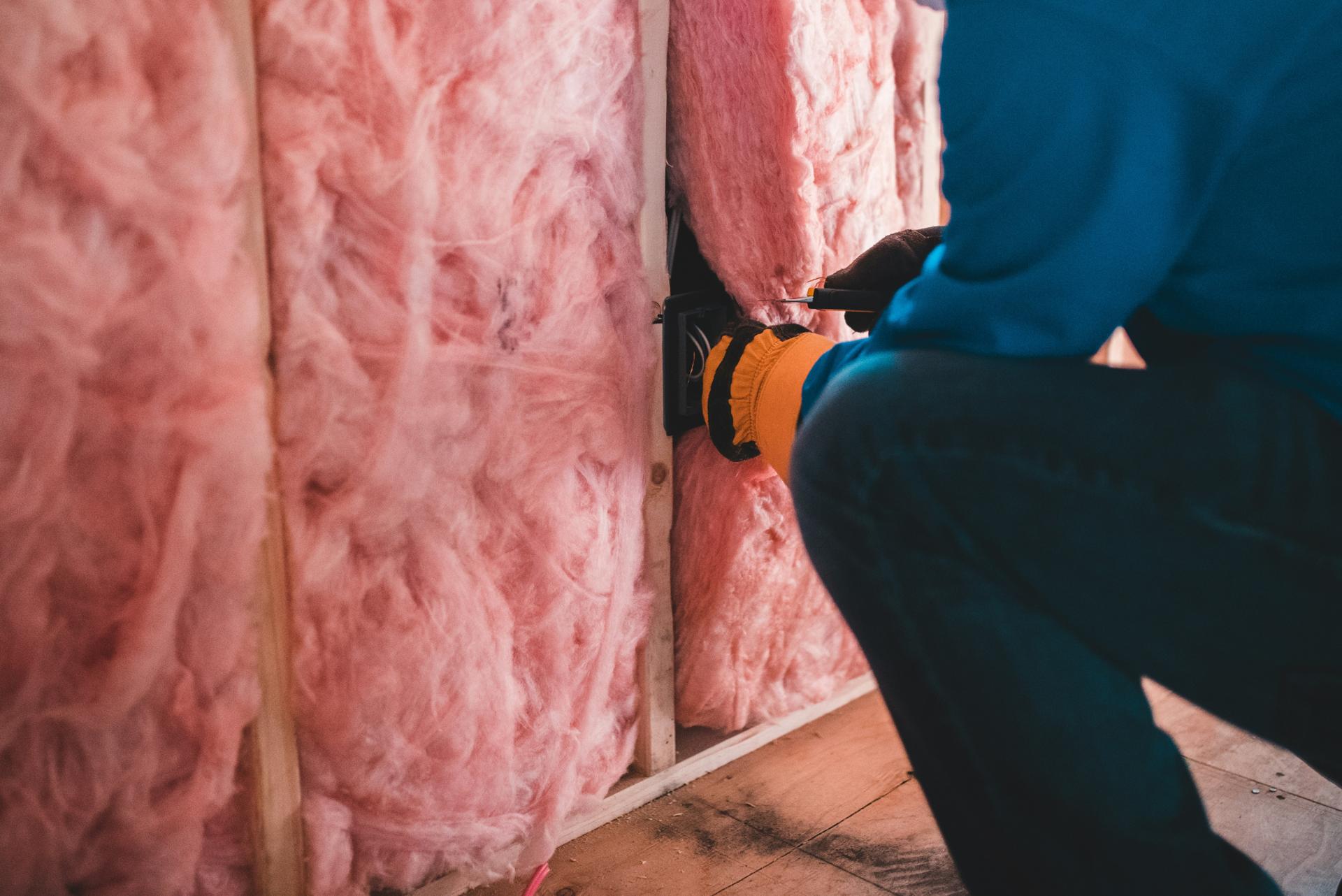Why Insulation Matters in Metal Buildings
Metal buildings, while sturdy and versatile, have a notorious tendency to transfer heat rapidly because of their metal composition. The lack of insulation for these structures results in extreme temperatures, making them intolerably hot during summer and painfully cold in winter. Consequently, the indoor climate swings dramatically, demanding more energy to keep things comfortable, thus driving up energy consumption.
Introducing proper insulation can transform this scenario by significantly boosting the energy efficiency of metal buildings. Insulation impedes the transfer of heat, maintaining temperature consistency and lessening the demand on heating and cooling equipment. The payoff? Lower energy bills and an overall cozier environment for occupants.
Research underscores the substantial differences in energy consumption between insulated and non-insulated metal buildings. Example premises with superior insulation can save up to 50% in energy compared to those without insulation. This equates to both reduced energy expenses and a diminished carbon impact, promoting a more eco-friendly lifestyle and work setting.
Selecting the Best Insulation Materials
Choosing the right insulation material is pivotal for maximizing energy efficiency in your metal building. The decision hinges on factors like climate, how the building is used, and your budget. Here’s a dive into some commonly used insulation materials:
Fiberglass
Overview: Fiberglass is a go-to insulation material, cherished for its affordability and straightforward installation. It’s available in rolls and batts, easily fitting between studs and beams.
Pros:
- Budget-friendly
- Simple installation process
- Effective thermal and acoustic insulation
Cons:
- Prone to moisture absorption, risking mold growth
- Installation requires protective measures due to irritant fibers
Foam
Overview: Foam insulation offers excellent thermal resistance and comes in rigid board and spray forms. It’s particularly adept at covering cavities and minimizing energy loss.
Pros:
- High insulation value per inch
- Effectively seals gaps and air leaks
- Resistant to moisture, reducing mold risk
Cons:
- More expensive than other materials
- Generally requires professional application
Reflective Insulation
Overview: Reflective insulation, commonly in foil sheets, works by bouncing radiant heat away from the building. It’s especially effective in warmer climates where controlling heat gain is a priority.
Pros:
- Highly effective in hot climates
- Lightweight and easy to manage
- Durable, withstanding time and wear
Cons:
- Less efficient in cold environments
- Needs an air gap to function optimally
Spray Foam
Overview: Spray foam is a versatile, high-performance insulation option for metal buildings. It expands upon application, effectively sealing cracks and crevices.
Pros:
- Excellent air sealing properties
- High insulation value
- Acts as a vapor barrier
Cons:
- Relatively costly
- Installation necessitates professional expertise
Regional Considerations
It’s critical to factor in regional climate conditions when choosing insulation materials in the United States:
- Northern Regions: These areas endure harsh winters and require high-R-value insulation like spray foam or foam boards.
- Southern Regions: Opt for reflective insulation or spray foam to mitigate heat gain during hot summers.
- Humid Areas: Favor moisture-resistant insulation options like foam or spray foam to prevent mold and mildew.
By aligning your insulation choice with regional needs and specific building requirements, you can significantly boost energy efficiency and realize long-term cost benefits.
Effective Insulation Installation Techniques
Best Practices for Insulating Metal Buildings
For the best energy efficiency, it’s vital to follow these best practices when installing insulation in metal buildings. Start by thoroughly sealing all joints and seams with high-quality sealants to prevent air leaks. This step dramatically reduces external air infiltration, bolstering your building’s overall insulation performance. Securely fasten insulation materials to the metal structure using appropriate systems to ensure they remain effective over time.
Consider a dual-layer insulation approach. Combining a reflective barrier with traditional mass insulation (like fiberglass or foam) can deliver superior thermal performance by cutting down on both radiant and conductive heat transfer. Ensure the reflective barrier faces the air space to maximize its efficiency.
Common Installation Mistakes to Steer Clear Of
A frequent misstep is improper vapor barrier installation. Incorrect placement or absence of a vapor barrier can lead to moisture accumulation, which deteriorates insulation materials and undermines their effectiveness. Always place the vapor barrier on the warmer side of the insulation to thwart condensation.
Also, avoid gaps and compressions in the insulation. Even minor gaps can significantly hamper insulation performance. Ensure a snug fit and avoid compressing the insulation, as this can reduce its thermal resistance.
Maintenance Tips for Long-Term Energy Savings
Regular maintenance is crucial for preserving the insulating qualities of your metal building. Conduct periodic inspections to check for damage like tears, wet spots, or mold, and promptly repair any issues to maintain energy efficiency.
Keep the building airtight by resealing joints and seams as needed. Clean reflective surfaces regularly to ensure they effectively reduce radiant heat transfer. Following these maintenance tips will help ensure your metal building remains energy-efficient for many years.

